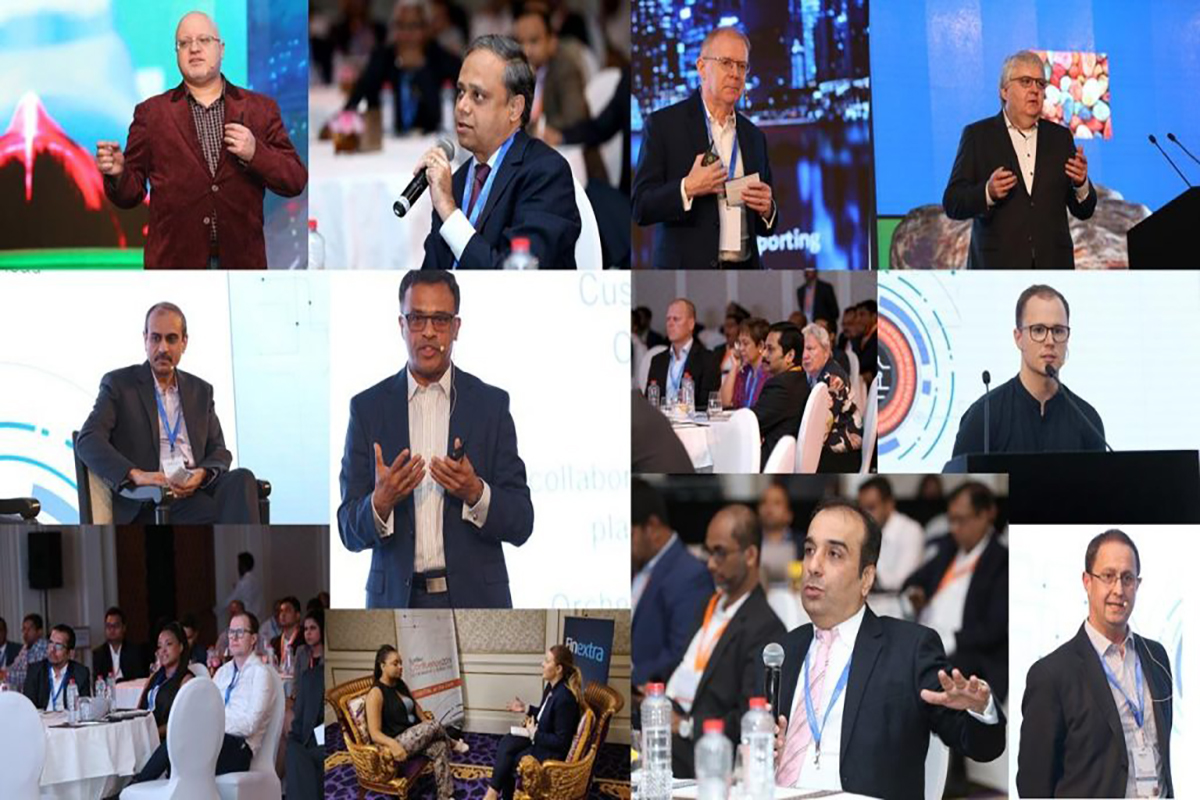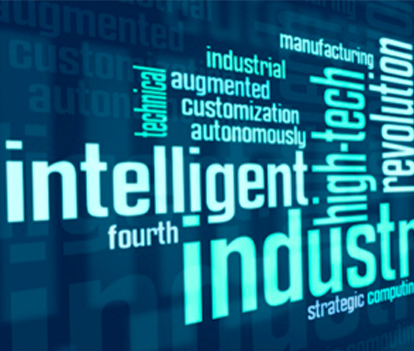Our passage in history towards Industry 4.0
From mechanization and steam engines in 1700s, to electricity and mass production at the beginning of the 20th century, to computers post WWII, industrial revolutions have defined eras in our history. It is synonymous with how people’s lives changed for the better. And now, we seem to have taken our first baby steps in a technological revolution that will radically change the way we live and work. Disrupting almost every industry around the world, this latest revolution is expanding exponentially rather than linearly
Industry 4.0, coined by Henning Kagermann, the head of the German National Academy of Science and Engineering (Acatech) in 2011, refers to culmination of various advancements in digital technology, geared towards transformation not only the energy and the manufacturing sector, but almost all industries.
These technologies include AI, Robotics, IoT, sensors, predictive analytics, 3D printing, smartphones and other digital and mobile devices. Brought together under a single platform of the interconnected global value chain, and used by many companies from various countries, Industry 4.0 helps bring together physical and virtual worlds.
Where did it all start?
Germany is regarded as the birthplace of Industry 4.0. With its tag as the leading industrial nation under threat from digitization, building ‘smart’ products and factories is steadily becoming a reality there, with sensors attached to products that are connected to the internet.
Take for example Trumpf, a family owned business near Stuttgart. It had developed an IT service provider for companies in manufacturing, called ‘Axoom’, which helps in smooth transition to Industry 4.0. It connects machines, collects data and then gives insights to customers to better organize their production.
Germany’s manufactures are upgrading rapidly, with firms like BASF, Bosch, Daimler, Klöckner & Co. just to name a few. The developed nations around the world have also jumped the bandwagon, particularly the United States, Japan, China, the Nordic countries, and the United Kingdom. Global firms like Siemens and GE have fully embraced Industry 4.0, and it is now a part of their core strategy and identity.
The technological advancement culminating to Industry 4.0
Big data and digitalization is the cornerstone of Industry 4.0, in which the design and development of products follow digital models. The machines that help build the product are themselves composed of high-end technology, and make use of AI to take calculated and precise decisions without human intervention. The ‘smart’ products, technologies and factories are merely the first steps in the Industry 4.0 journey.
On a closer look at the impact on the technological infrastructure, we see that companies around the world are slowly but surely imbibing Industry 4.0 in revolutionizing manufacturing. Firms now track every stage of production and go for mass production, while still making sure the product on offer is as customized to the liking of customer as possible. The aspect of customization is what links manufacturing to digitalization. The question that how much we can customize a product can be answered through insights into data gathered through other technologies.
Digitalization is the basis that interconnects all the technologies mentioned earlier. With billions of connected devices comes limitless access to information and technology. And, all the emerging technologies can only help increase this possibility, of unlimited access, manifold. Take for example AI. From smart homes to self-driving cars (everyone’s in on this) to virtual assistants (Mark Zuckerberg just showed off Jarvis), the integration of AI in our lives is faster than we can take notice.
Check out this video by @SunTecGroup on The Fourth Industrial Revolution, used at their recently successfully concluded annual meet, #SunTecConfluence:
“Whoever controls the platforms will rule the future” – Henning Kagermann
With the vast troves of data at our disposal, making sense of it all with the help of new advanced software and algorithms is still in the early stages of this revolution. It is all about building a platform with the harmony of data, devices and services to provide customized offerings and to seek value across the product lifecycle. Interconnected, right?


